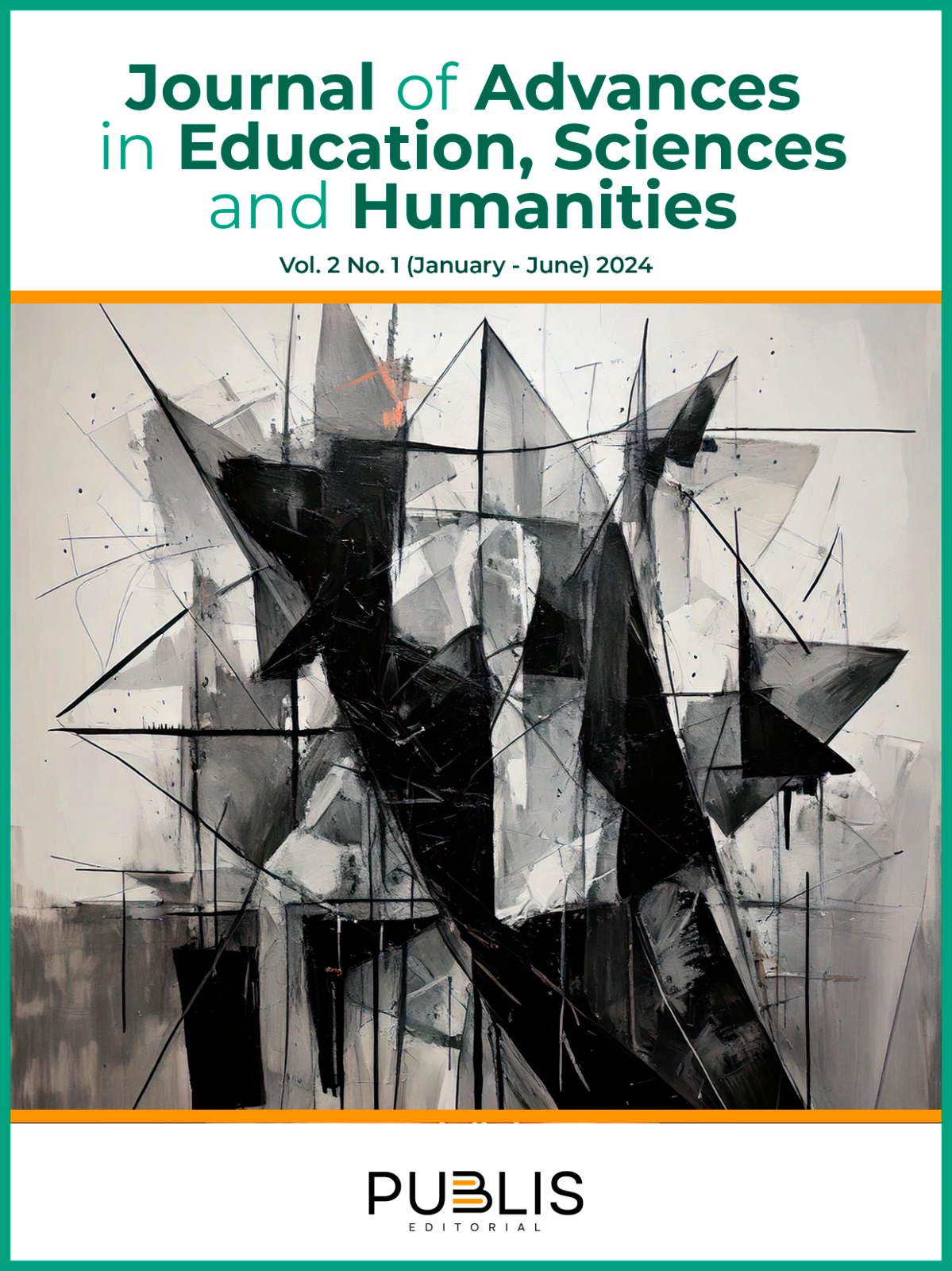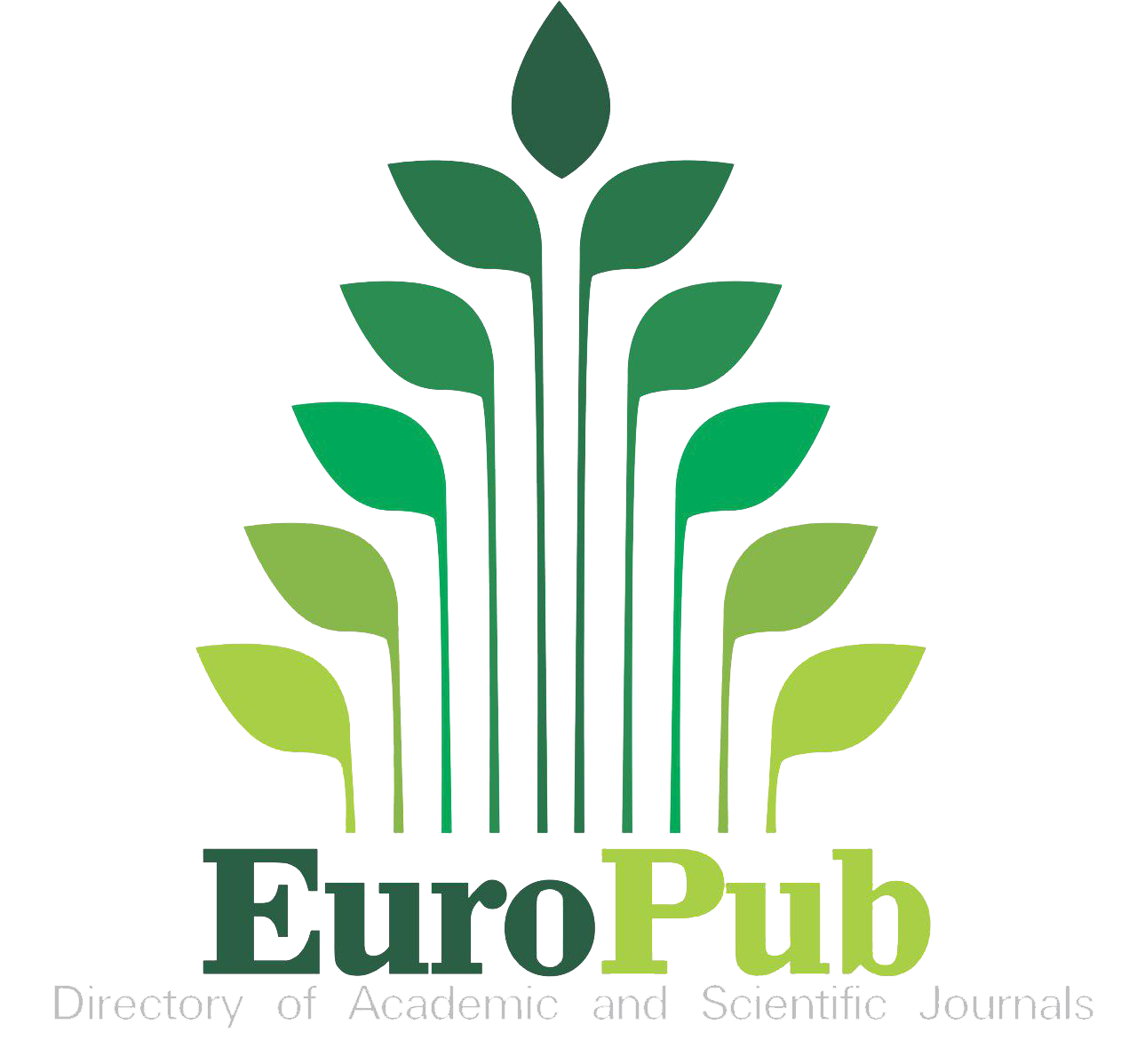Preanalytical criteria for collecting blood culture samples in the Microbiology area at Portoviejo General Hospital
DOI:
https://doi.org/10.5281/zenodo.14602285Keywords:
blood cultures, preanalytical phase, preanalytical errors, good clinical laboratory practicesAbstract
The General Hospital of Portoviejo serves a high demand of patients with suspected infections, bacteremia, or sepsis, highlighting the importance of performing high-quality blood cultures. This study characterized errors in the preanalytical sample collection phase for the microbiological diagnosis of bacteremia through blood cultures. Existing laboratory protocols were analyzed and compared with national and international standards, focusing on asepsis, blood volume, biosafety, and techniques. Information was gathered through surveys conducted with healthcare personnel involved in sample collection, identifying key issues such as the need for more specific protocols, inadequate containers for sample transportation, and the presence of personnel in training. Although more than half of the respondents followed the correct sample collection and transport procedures, a significant proportion still needed to meet the standards. As a result, a standardized operational procedure was developed based on good laboratory practices in Ecuador and internationally to improve the quality of blood cultures in the hospital.
Downloads
References
Alados, J.C., Gómez, E., Leiva, J., Pérez Sáenza, J.L., & Rojo, E. (2014). Procedimientos en Microbiología Clínica, 2a ed. Eds. Emilia Cercenado, Rafael Cantón. Enfermedades Infecciosas y Microbiología Clínica, 32(7), 476. https://doi.org/10.1016/j.eimc.2014.03.002.
Alarcón, E. (2019). Elección de carrera: motivos, procesos e influencias y sus efectos en la experiencia estudiantil de jóvenes universitarios de alto rendimiento académico. REencuentro. Análisis de Problemas Universitarios, 30(77), 53-74. https://www.redalyc.org/journal/340/34065218004/html/
Alcantara, J.C., Alharbi, B., Almotairi, Y., Alam, M.J., Muddathir, A.R.M., & Alshaghdali, K. (2022). Analysis of preanalytical errors in a clinical chemistry laboratory: A 2-year study. Medicine (Baltimore), 101(27), e29853. https://doi.org/10.1097/MD.0000000000029853
Chaudhry, A.S., Inata, Y., & Nakagami-Yamaguchi, E. (2023). Quality analysis of the clinical laboratory literature and its effectiveness on clinical quality improvement: a systematic review. Journal of Clinical Biochemistry and Nutrition, 73(2), 108-115. https://doi.org/10.3164/jcbn.23-22
Cohen, J., Vincent, J.L., Adhikari, N.K., Machado, F.R., Angus, D.C., Calandra, T., Jaton, K., Giulieri, S., Delaloye, J., Opal, S., Tracey, K., van der Poll, T., & Pelfrene, E. (2015). Sepsis: a roadmap for future research. Lancet Infect Disease, 15(5), 581-614. doi: https://doi.org/10.1016/S1473-3099(15)70112-X
Cuervo, M.P., & Rico, C.L. (2001). Guía para la toma de hemocultivos. Actualizaciones en enfermería, 4(4), 33-36. https://pesquisa.bvsalud.org/portal/resource/en/lil-324780
Duncan, C.F., Youngstein, T., Kirrane, M.D., & Lonsdale, D.O. (2021). Diagnostic Challenges in Sepsis. Current Infectious Disease Reports, 23(12), 22. https://doi.org/10.1007/s11908-021-00765-y
Hernández-Bou, S., Álvarez, C., Campo, M.N., García, M.A., Gené, A., Giménez, M., Piñeiro, R., Gómez, B., Velasco, R., Menasalvas, A.I., García, J.J., & Rodrigo, C. (2016). Hemocultivos en urgencias pediátricas. Guía práctica de recomendaciones: indicaciones, técnica de extracción, procesamiento e interpretación. Anales de Pediatría, 84(5), 294.e1-294.e9. https://doi.org/10.1016/j.anpedi.2015.06.008
Iqbal, M.S., Tabassum, A., Arbaeen, A.F., Qasem, A.H., Elshemi, A.G., & Almasmoum, H. (2023). Preanalytical Errors in a Hematology Laboratory: An Experience from a Tertiary Care Center. Diagnostics, 13(4), 591. https://doi.org/10.3390/diagnostics13040591
ISO 15189 (2022). Laboratorios clínicos. Requisitos para la calidad y la competencia. https://www.intedya.com/internacional/73/consultoria-iso-151892022-laboratorios-clinicos-requisitos-para-la-calidad-y-la-competencia.html
Lamy, B., Dargère, S., Arendrup, M.C., Parienti, J.J., & Tattevin, P. (2016). How to Optimize the Use of Blood Cultures for the Diagnosis of Bloodstream Infections? A State-of-the Art. Frontiers in Microbiology, 7. https://doi.org/10.3389/fmicb.2016.00697
Ombelet, S., Barbé, B., Affolabi, D., Ronat, J.B., Lompo, P., Lunguya, O., Jacobs, J., & Hardy, L. (2019). Best Practices of Blood Cultures in Low- and Middle-Income Countries. Frontiers in medicine (Lausanne), 6, 131. https://doi.org/10.3389/fmed.2019.00131
Paniagua, D., Faingezicht, I., & Guevara, J. (1988). Significado clínico de un hemocultivo positivo por un estafilococo coagulasa negativo / Clinic meaning of hemocultivatim by Staphylococca coagulasa negative. Revista Costarricense de Ciencias Médicas, 9(4): 15-18. https://www.binasss.sa.cr/revistas/rccm/v9n4/art3.pdf
Pearse, C., & Scott, S. (2023). A Review of Clinical Laboratory Education, Training and Progression: Historical Challenges, the Impact of COVID-19 and Future Considerations. British Journal of Biomedical Science, 80, 11266. https://doi.org/10.3389/bjbs.2023.11266
Pérez-Sánchez, S., Madueño, S.E., & Montaner, J. (2021). Gender Gap in the Leadership of Health Institutions: The Influence of Hospital-Level Factors. Health Equity, 5(1):521-525. https://doi.org/10.1089/heq.2021.0013
Rodríguez, J.C., Guna, R., Larrosa, N., & Marín, M. (2017). Diagnóstico microbiológico de la bacteriemia y la fungemia: hemocultivos y métodos moleculares. Procedimientos en Microbiología Clínica. Eds. Cercenado Mansilla E, Cantón Moreno R. Sociedad Española de Enfermedades Infecciosas y Microbiología Clínica (SEIMC).
Suk-Fong, L.A. (2018). Hepatitis B Treatment: What We Know Now and What Remains to Be Researched. Hepatology Communications, 3(1), 8-19. http://dx.doi.org/10.1002/hep4.1281
Tompkins, L.S., Tien, V., & Madison, A.N. (2023). Getting to zero: Impact of a device to reduce blood culture contamination and false-positive central-line-associated bloodstream infections. Infection Control & Hospital Epidemiology, 44(9), 1386-1390. http://dx.doi.org/10.1017/ice.2022.284
Wilson, M.L, Mitchell, M., Morris, A.J., Murray, P.R., Reimer, L.G., Barth, L., Towns, M., Weinstein, M.P., Wellstood, S.A., Dunne, W.M., Jerris, R.C., & Welch, D.F. (2007). M47-A Principles and Procedures for Blood Cultures; Approved Guideline. Clinical and Laboratory Standards Institute. https://clsi.org/standards/products/microbiology/documents/m47/
Published
Data Availability Statement
The datasets used and/or analyzed during the current study are available from the corresponding author on reasonable request.
Issue
Section
License
Copyright (c) 2025 Carlos E. Mera, Jean P. Sanclemente, Ivón Howland (Author)

This work is licensed under a Creative Commons Attribution-NonCommercial-ShareAlike 4.0 International License.




































